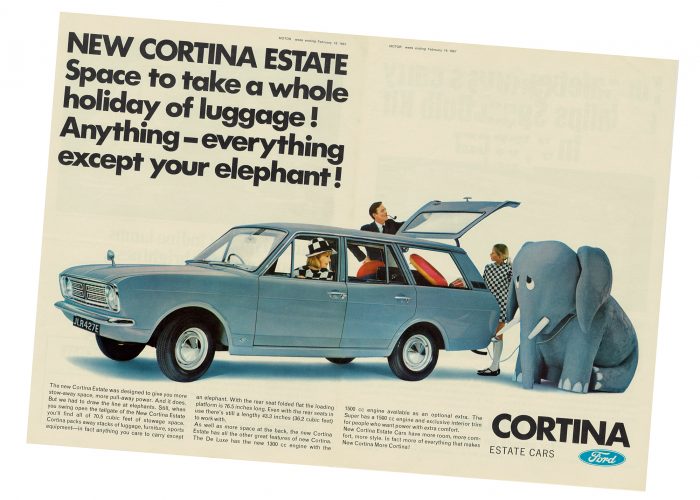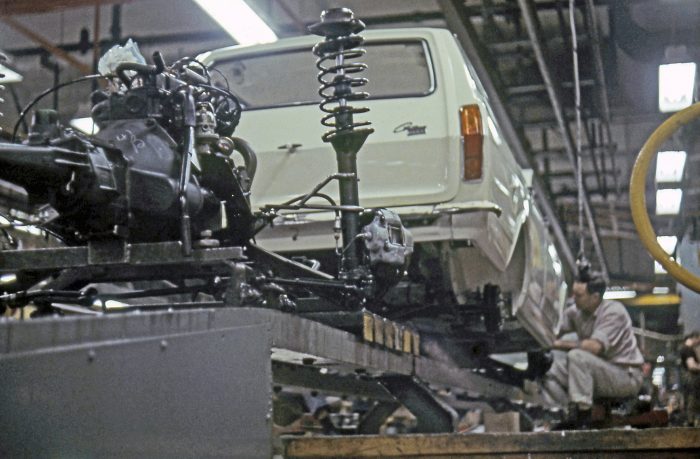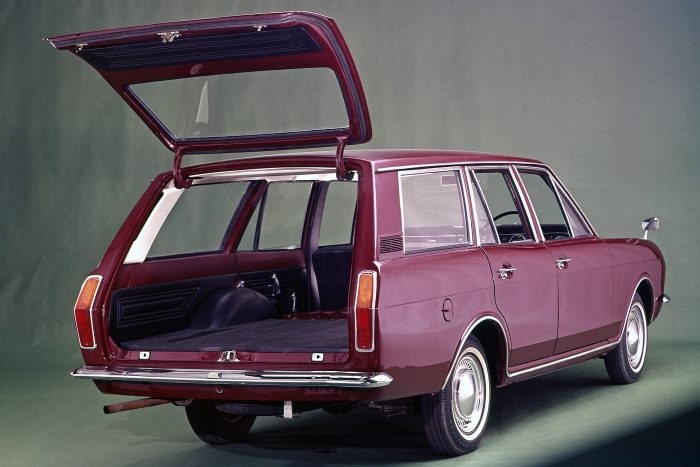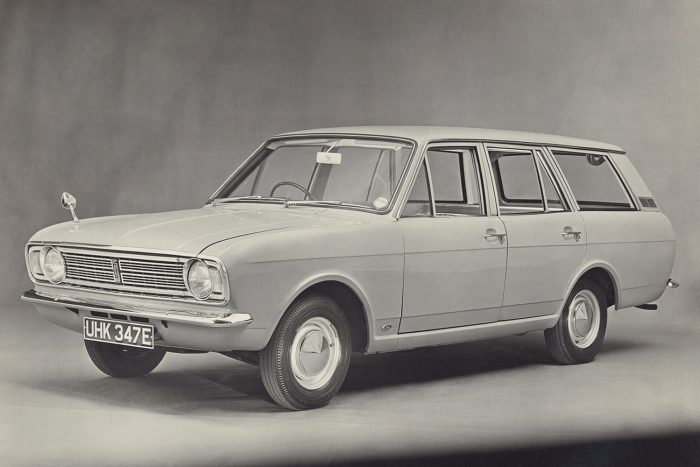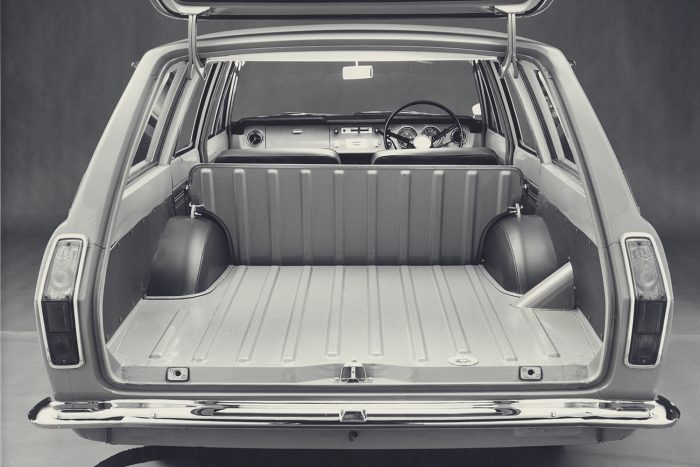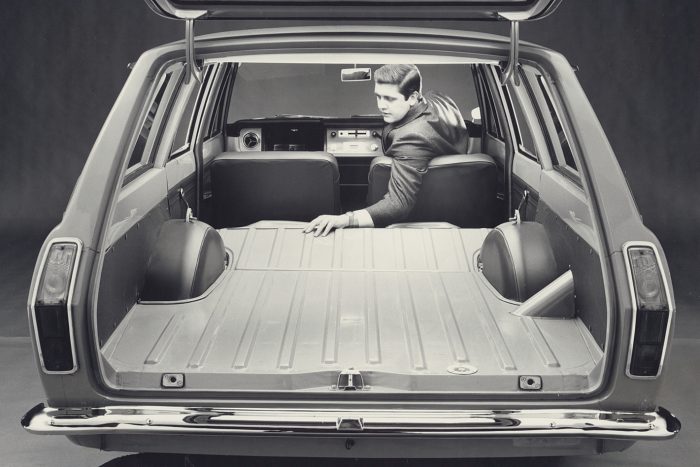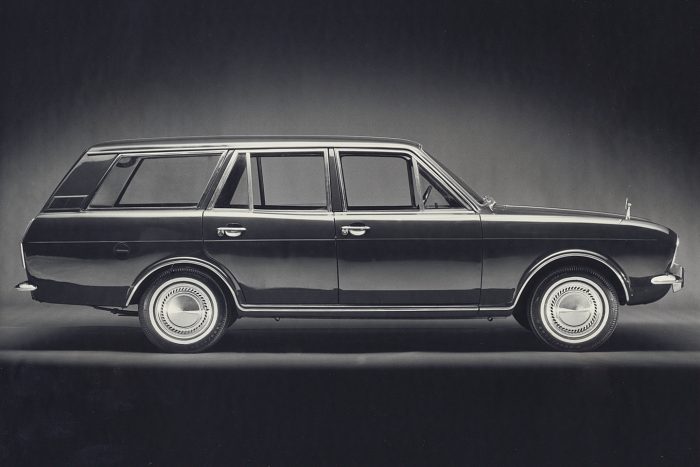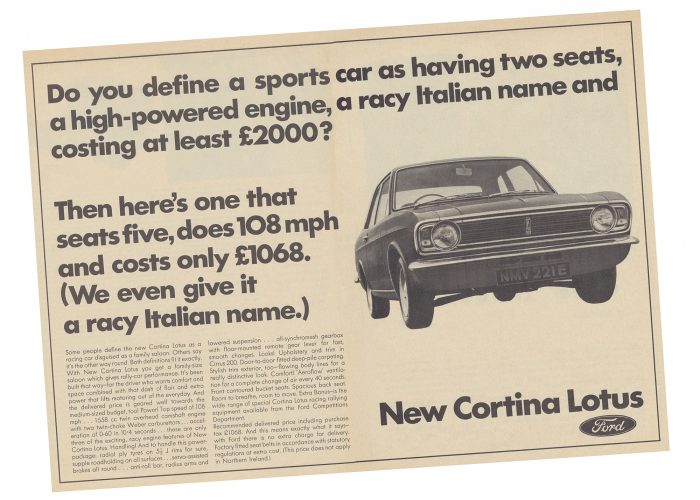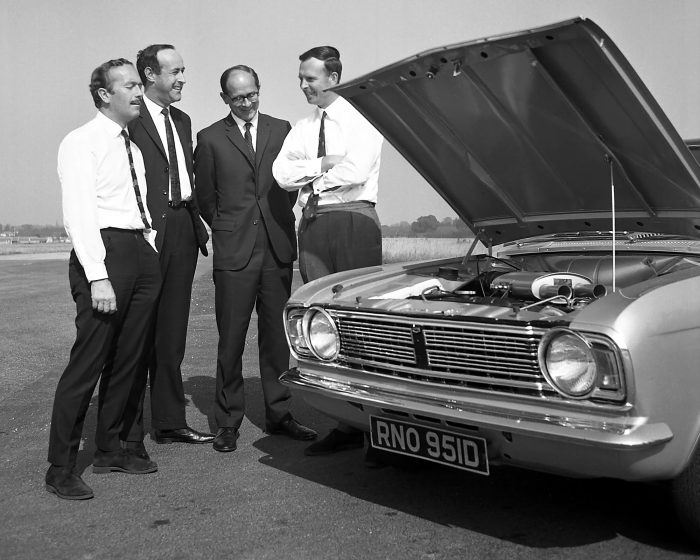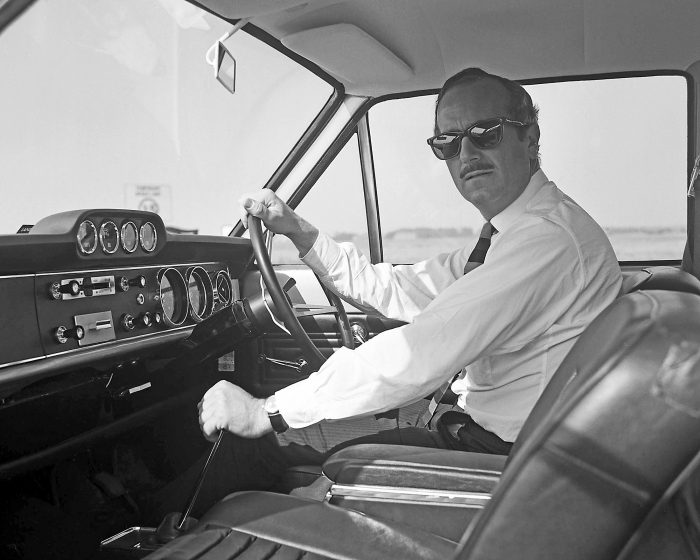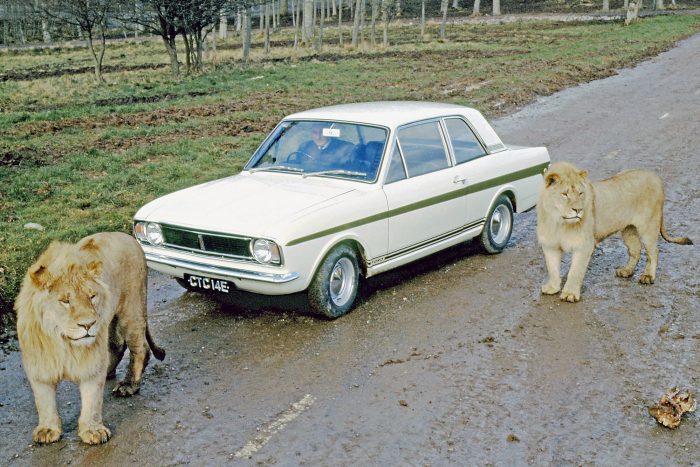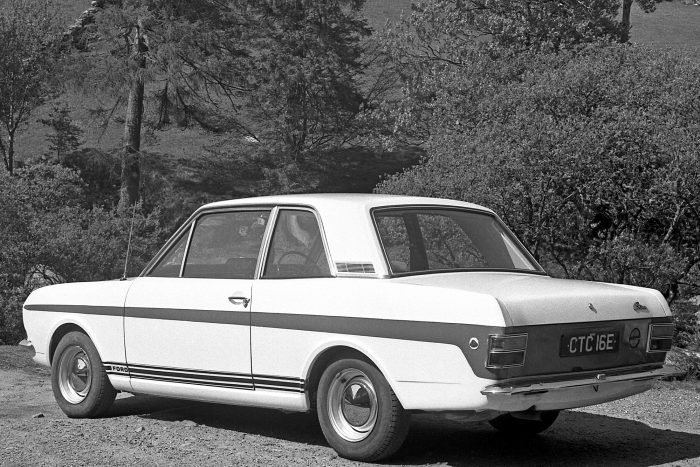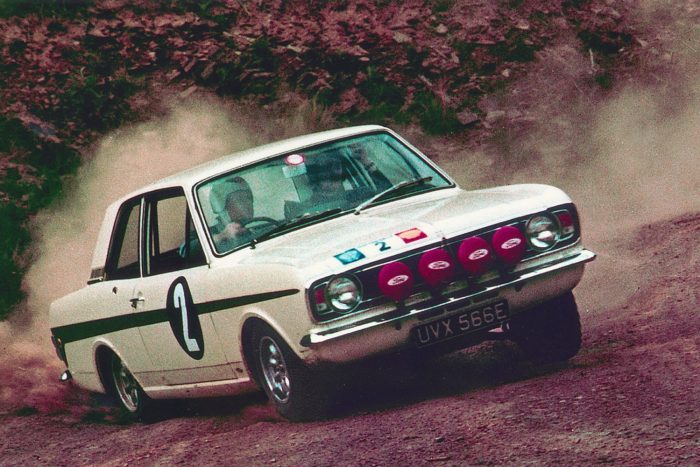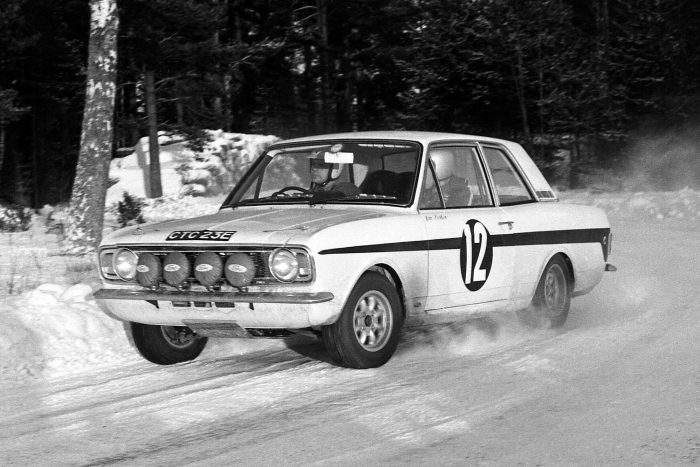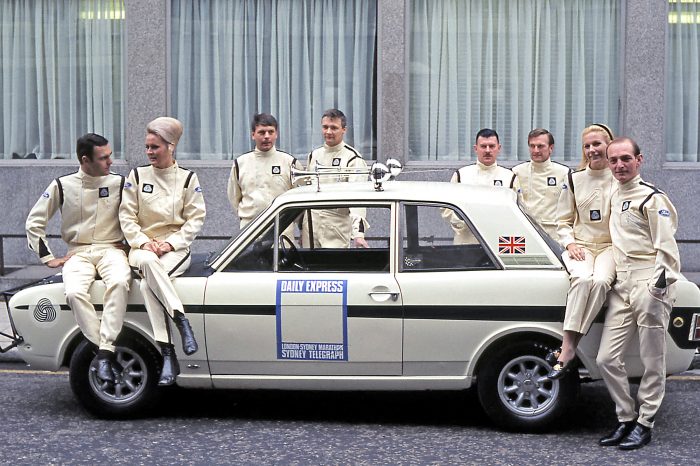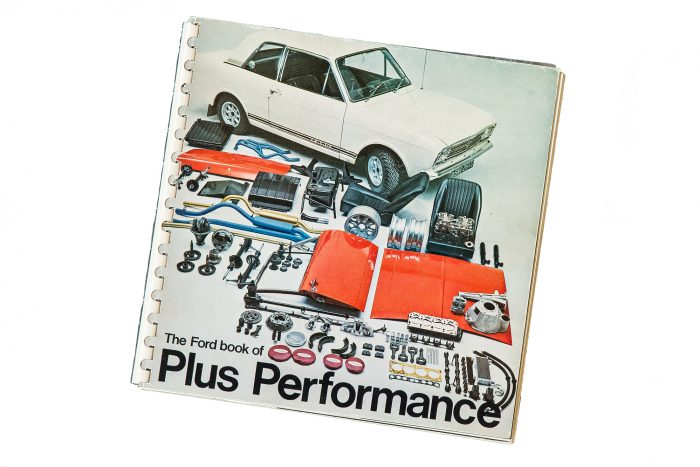The efforts for refinement were very successful with Autocar magazine pointing out the new Cortina Twin Cam was:
“…so much more refined than the earlier [MkI] car that there is scarcely any comparison between them. It is immensely better, and is now a thoroughly satisfying high-performance car…”
And after driving CTC 17E Motor magazine began their report by saying:
“Anyone in the market for a £1100 saloon who doesn’t buy a Lotus Cortina must be mad.”
Who are we to argue?
